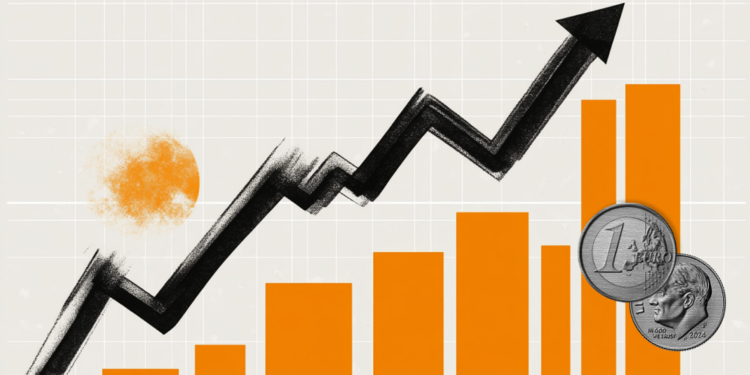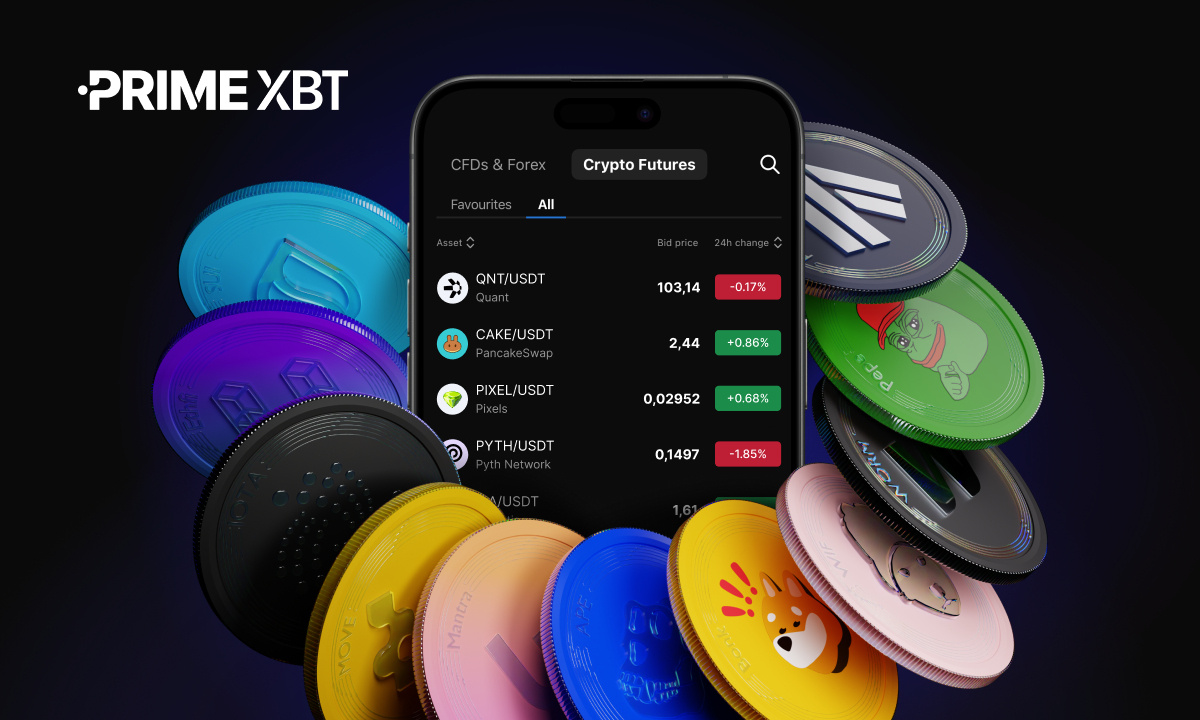Indian Rupee remains firm despite India’s flash PMI growth cools down
-1761290530727-1761290530730.png&w=1536&q=95)
The Indian Rupee (INR) trades higher against the US Dollar (USD) on Friday. The USD/INR pair falls to near 87.85 as the Indian Rupee gains amid growing optimism over the trade deal between the United States (US) and India.
This week, a report from Mint showed that the US and India will reach a trade deal soon in which the import duty on products from India will be reduced to 15%-16%. Currently, the US is charging 50% tariffs on imports from India.
Meanwhile, fears of outflow of foreign funds from the Indian stock market have renewed again as Foreign Institutional Investors (FIIs) sold Rs. 1,165.94 crores worth of shares on Thursday. FIIs turned out to be sellers after remaining buyers for five straight trading days. However, the pace of selling appears to be significantly higher than what they bought in the past days. In October 15-21, FIIs raised stake worth Rs. 2,262.08 crores in the Indian equity market.
On the domestic front, the preliminary HSBC Purchasing Managers’ Index (PMI) data for October has shown that the overall business activity grew at a moderate pace. The Composite PMI came in at 59.9, lower than 61.0 in September. The growth in the overall business activity slowed down due to poor service activity growth. The Services PMI dropped to 58.8 from the prior reading of 60.9.
Meanwhile, the Manufacturing PMI has come higher at 58.4 than 57.7 in September in the wake of Goods and Services Tax (GST) rationalization. “The HSBC flash manufacturing PMI picked up a tad, likely on the back of GST rate cuts, which are buoying domestic demand and curbing cost pressures. New orders and output, both, are above the average Jan-Jul levels. However, the drag from US tariffs continues to show up in new export orders and future optimism, which remain below the Jan-Jul levels,” Pranjul Bhandari, Chief India Economist at HSBC, said.
The table below shows the percentage change of Indian Rupee (INR) against listed major currencies today. Indian Rupee was the strongest against the Japanese Yen.
| USD | EUR | GBP | JPY | CAD | AUD | INR | CHF | |
|---|---|---|---|---|---|---|---|---|
| USD | 0.09% | -0.00% | 0.18% | 0.15% | 0.14% | -0.04% | 0.04% | |
| EUR | -0.09% | -0.09% | 0.09% | 0.07% | 0.04% | -0.12% | -0.05% | |
| GBP | 0.00% | 0.09% | 0.18% | 0.16% | 0.13% | -0.04% | 0.04% | |
| JPY | -0.18% | -0.09% | -0.18% | -0.03% | -0.05% | -0.23% | -0.14% | |
| CAD | -0.15% | -0.07% | -0.16% | 0.03% | -0.03% | -0.21% | -0.12% | |
| AUD | -0.14% | -0.04% | -0.13% | 0.05% | 0.03% | -0.17% | -0.10% | |
| INR | 0.04% | 0.12% | 0.04% | 0.23% | 0.21% | 0.17% | 0.08% | |
| CHF | -0.04% | 0.05% | -0.04% | 0.14% | 0.12% | 0.10% | -0.08% |
The heat map shows percentage changes of major currencies against each other. The base currency is picked from the left column, while the quote currency is picked from the top row. For example, if you pick the Indian Rupee from the left column and move along the horizontal line to the US Dollar, the percentage change displayed in the box will represent INR (base)/USD (quote).
Daily digest market movers: US Dollar consolidates ahead of US-China trade talks
- The US Dollar trades in a confined range, with the US Dollar Index (DXY) consolidating around 99.00, ahead of trade talks between US Treasury Secretary Scott Bessent and China Vice Premier He Lifeng, which will start on Friday at the sidelines of the Association of Southeast Asian Nations (ASEAN) summit in Malaysia.
- On Thursday, the Chinese ministry confirmed that Vice Premier He will visit Malaysia for the ASEAN summit. Top negotiators from both the US and China are expected to discuss over recently announced export controls on rare earth minerals by Beijing.
- Investors will pay close attention to high-stakes trade talks between the US and China, as global market sentiment remained risk-off in the past few weeks amid trade frictions between both nations.
- On the domestic front, investors will focus on the delayed release of the US Consumer Price Index (CPI) data for September and the preliminary S&P Global PMI data for October.
- Usually, the US CPI data is released in the second or third week of every month. However, it was delayed due to the ongoing federal shutdown.
- Economists expect the US headline inflation to have risen at a faster pace of 3.1% on an annualized basis against the prior release of 2.9%, with core figures growing steadily by 3.1%. On a monthly basis, the headline and the core CPI are estimated to have risen by 0.4% and 0.3%, respectively.
- Signs of price pressures cooling would prompt market expectations for Federal Reserve (Fed) interest rate cuts further. However, hot inflation figures are unlikely to dampen Fed dovish bets as latest commentaries from officials indicated that they are more concerned about deteriorating labor market conditions.
- Meanwhile, the S&P Global report is expected to show that the Services PMI rose at a moderate pace to 53.5, with Manufacturing PMI expanding steadily to 52.0.
Technical Analysis: USD/INR sees more downside as RSI (14) stabilizes below 40.00
-1761290530727-1761290530730.png&w=1536&q=95)
The USD/INR pair falls to near 87.85 in early trading hours in India on Friday. The near-term trend of the pair remains bearish as it stays below the 50-day Exponential Moving Average (EMA), which trades around 88.11.
The 14-day Relative Strength Index (RSI) oscillates below 40.00, suggesting a strong bearish momentum.
Looking down, the August 21 low of 87.07 will act as key support for the pair. On the upside, the 20-day EMA will be a key barrier.
Economic Indicator
HSBC Composite PMI
The Composite Purchasing Managers Index (PMI), released on a monthly basis by S&P Global and HSBC Bank, is a leading indicator gauging business activity in India This d by weighting together comparable manufacturing and services indices using official manufacturing and services annual value added. The index varies between 0 and 100, with levels of 50.0 signaling no change over the previous month. A reading above 50 indicates that the Indian private economy is generally expanding, a bullish sign for the Indian Rupee (INR). Meanwhile, a reading below 50 signals that the activity is generally declining, which is seen as bearish for INR.
Read more.
Last release:
Fri Oct 24, 2025 05:00 (Prel)
Frequency:
Monthly
Actual:
59.9
Consensus:
–
Previous:
61
Source:
S&P Global





